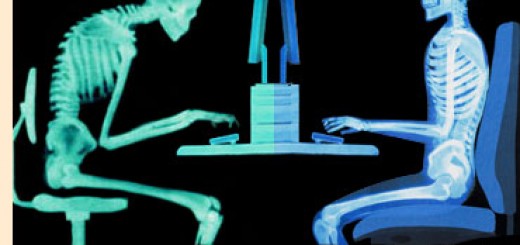Dynamic vs. Static Stretching
Static stretching is OUT and dynamic is IN. Static stretching reduces muscular contractions by over-stretching muscles at the actin-myosin level and negatively impacts overall power output. Don’t be that static person – be dynamic!
DYNAMIC STRETCHING – DOES IT HELP OR HARM BEFORE SPRINTING?
 As a coach or an athlete, you know stretching has been a long and hotly debated topic. Should you do it before or after a workout? How often and how long? And should it be dynamic stretching or static stretching? Stretching is considered an essential part of optimizing performance and decreasing injury rate, but which method is actually the most effective? And specifically, what should you do before performing sprint intervals?
As a coach or an athlete, you know stretching has been a long and hotly debated topic. Should you do it before or after a workout? How often and how long? And should it be dynamic stretching or static stretching? Stretching is considered an essential part of optimizing performance and decreasing injury rate, but which method is actually the most effective? And specifically, what should you do before performing sprint intervals?
A recent study published in The Journal of Strength and Conditioning Research examined exactly this – the effects of active dynamic stretching (ADS) on sprint performance.
Study participants were trained athletes on a nationally competitive level. Under the supervision of researchers from Tunisia, Canada, and Australia, subjects attended three seperate testing sessions where they performed stretches and had their sprint performances measured.
Each testing session consisted of:
- 5 minute jog
- 4 minutes active rest
- Baseline measures of the 10- and 20-meter sprints
- ADS warm-up session
- 5 minute sport-specific warm-up of sprint intervals
- 10- and 20-meter sprints
The ADS warm-up session consisted of five different dynamic stretches. Each stretch was performed while walking 20m. The warm-up took anywhere from 15 to 25 minutes.
Muscle groups stretched & movements in the ADS warm-up sessions:
- Gluteals – Walking High Knees
- Hamstrings – “Toy Soldiers” or “Frankensteins”
- Adductors – Hurdler’s Walk
- Quadriceps – “Butt-Kickers”
- Gastrocnemius – Tip-Toe Walking
There were three variations on the ADS warm-up consisting of one, two, or three sets of the lower body dynamic stretches. Over the course of the three testing sessions all study subjects performed each variation of the warm-up routine one time.
Study findings:
- 1 to 2 sets of ADS resulted in a significant improvement in 20-meter sprint times
- 3 sets of ADS resulted in higher (slower) 20-meter sprint times
- None of the 3 ADS variations resulted in improvement of 10-meter sprint times
Scientists speculate as to the reasons that ADS can help sprinting performance. Some reasons might be an increased ability to store elastic energy in the muscles, enhanced coordination, and increased motor recruitment ability.
Researchers believe the slower 20-meter sprint times after the three sets of ADS may have been the result of fatigue. In conclusion they suggest dynamic stretching can improve performance, but should be done in small volumes.
Original Article by: Becca Borawski Jenkins at breakingmuscle.com





